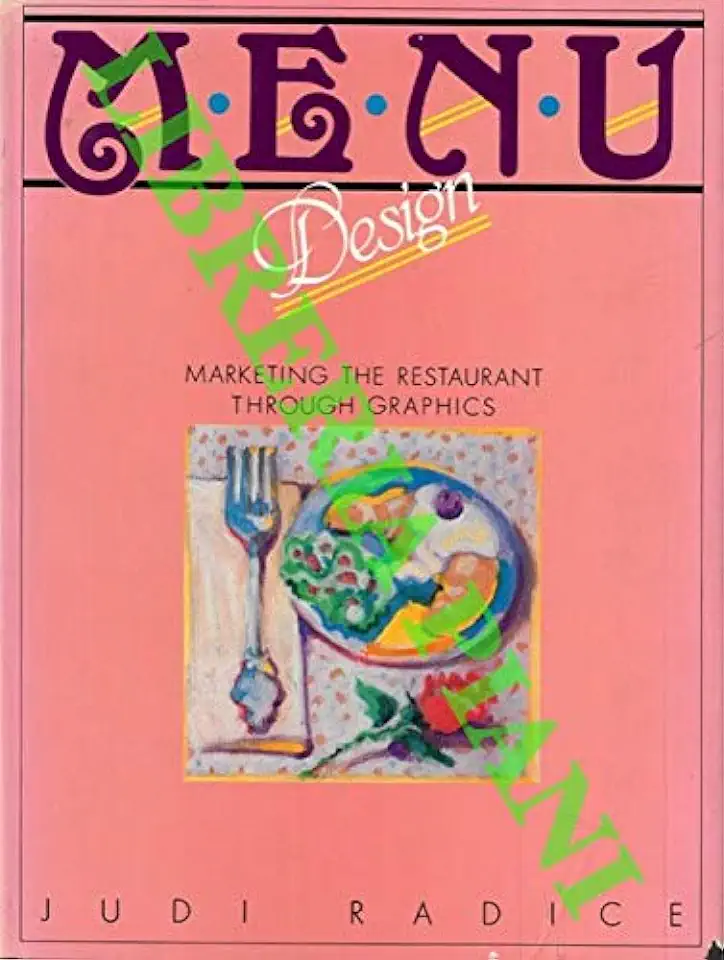
Menu Design 2 - Judi Radice
Menu Design 2: A Guide to Creating Effective Menus
Introduction
In today's competitive restaurant industry, a well-designed menu is essential for attracting and retaining customers. Menu Design 2: A Guide to Creating Effective Menus provides restaurateurs with the tools and techniques they need to create menus that are both visually appealing and effective at selling food.
The Importance of Menu Design
A well-designed menu can have a significant impact on a restaurant's bottom line. Studies have shown that menus that are easy to read and understand can increase sales by up to 15%. Additionally, menus that are visually appealing and well-organized can create a positive dining experience for customers, which can lead to repeat business.
The Elements of Menu Design
There are a number of elements that go into creating an effective menu design, including:
- Layout: The layout of a menu should be easy to follow and navigate. The most important items should be placed in the most prominent positions, and there should be enough white space to avoid overcrowding.
- Typography: The typography of a menu should be clear and easy to read. The font should be large enough to be easily seen, and the text should be well-spaced.
- Imagery: Imagery can be a powerful tool for selling food. Well-chosen images can make a menu more visually appealing and can help to create a desire for the food.
- Color: Color can also be used to create a mood and atmosphere for a restaurant. The colors used on a menu should be complementary and should reflect the restaurant's brand identity.
Creating an Effective Menu
Creating an effective menu is a process that involves careful planning and execution. The following steps will help you to create a menu that is both visually appealing and effective at selling food:
- Start with a clear goal. What do you want your menu to achieve? Do you want to increase sales, attract new customers, or create a positive dining experience? Once you know your goal, you can start to develop a menu that will help you achieve it.
- Research your target market. Who are your target customers? What are their needs and preferences? Once you know your target market, you can tailor your menu to their tastes.
- Choose the right layout and typography. The layout and typography of your menu should be easy to follow and navigate. The most important items should be placed in the most prominent positions, and there should be enough white space to avoid overcrowding.
- Use imagery and color to create a mood and atmosphere. Well-chosen images and colors can make your menu more visually appealing and can help to create a desire for the food.
- Proofread your menu carefully. Before you print your menu, proofread it carefully for any errors. This includes checking the spelling, grammar, and punctuation. You should also make sure that the prices are accurate.
Conclusion
A well-designed menu is an essential tool for any restaurateur. By following the tips in this guide, you can create a menu that is both visually appealing and effective at selling food.
Order Your Copy Today!
Menu Design 2: A Guide to Creating Effective Menus is available now. Order your copy today and start creating menus that will help you grow your business.